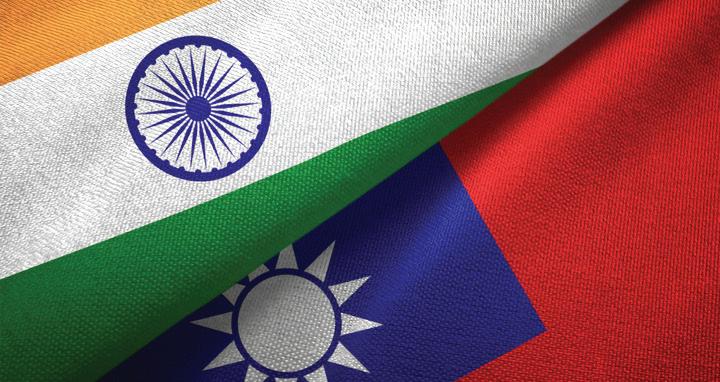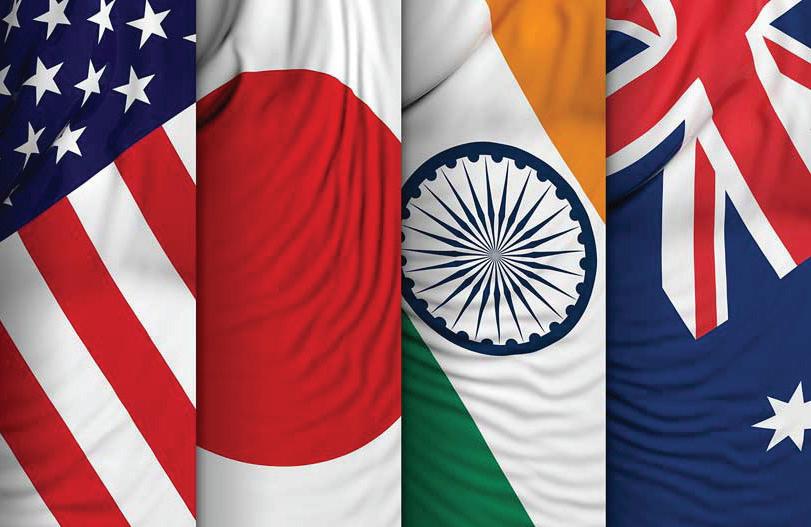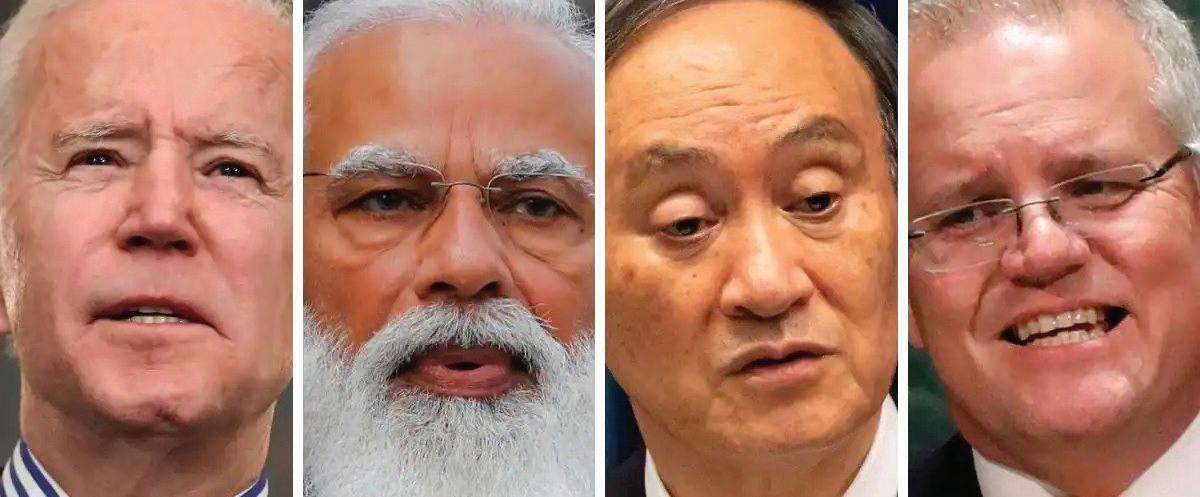
7 minute read
Understanding PM Modi’s women-led development model
In charting New India’s growth story, Prime Minister Narendra Modi has emphasized that India is transitioning from women’s development to ‘women-led development’. In this grand vision, women have been reimagined as architects of India’s progress and development, rather than being passive recipients of the fruits of development. In line with this, the government has implemented multi-sectoral schemes that recognize the true potential of India’s women, empower them and provide them with the platform to contribute to India’s growth story. Further, Prime Minister’s vision recognizes that women-led development holds the potential to create positive outcomes across multiple sectors. In a sense, the achievement of the targets under Sustainable Development Goal, ‘Gender Equality’ also facilitates the realization of other SDGs, thus, ensuring multi-pronged holistic development.
To promote women-led development, the key focus has been on building the capacities in terms of nutrition, health, and education. In 2017, the government launched the Pradhan Mantri Matru Vandana Yojana (PMMVY), a direct benefit transfer (DBT) for pregnant women and lactating mothers to meet enhanced nutritional needs and to partially compensate for wage loss. In FY 2019-20, the scheme has crossed a significant milestone by reaching out to one crore beneficiaries.
Advertisement
Likewise, there have been remarkable improvements in women’s health and access to sanitation. Under Swatch Bharat Mission-Gramin, there has been a rapid increase in target achievement from 39 percent in 2014 to 100 percent in 2019 with more than 10 crore toilets built since 2014. The impact of such infrastructural developments is corroborated by a UNICEF study on ‘Access to Toilets and Safety, Convenience and Self-respect of Women in Rural India’ (February, 2020), which states that 91 percent of the women reported that they have been able to save up to an hour and do not have to travel up to a kilometre for defecation after the construction of toilets. Further, the decline in the maternal mortality rate from
167 (in 2011-13) to 113 (in 2016-18) exemplifies the government’s commitment to promoting maternal health and well-being.
Notable progress has also been made in the education of women. Sukanya Samriddhi Yojana, launched as part of 'Beti Bachao Beti Padhao', to facilitate the education of the girl child, has already reached out to more than three crore aspirational young women. Further, there has been encouraging progress on the front of women’s higher education as well. For instance, there has been an increase in PhD enrolment of women to 43.82 percent in 2018 from 40 percent in 2013-14 because of various measures taken by the government, such as women candidates being allowed a relaxation of one year for M.Phil. and two years for PhD in the maximum duration, i.e. two to six years respectively as per the University Grants Commission (UGC), in 2016.
While nutrition, health and education initiatives have helped to create a strong foundation for women leaders, the government has also taken progressive steps to create an enabling eco-system for women’s empowerment. The financial inclusion of women has been a key focus area, and the Pradhan Mantri Jan Dhan Yojana scheme has played a major role in this regard. Currently, over 18 crore women, both in rural and urban areas, for the first time, have access to formal banking and various financial services.
Further, under the Pradhan Mantri Kaushal Vikas Yojana, the skill development initiative of the Government of India for recognition and standardisation of skills, between 2016 to 2020, 40 percent of the 73 lakh candidates trained were women. Further, self-employment of women has also been promoted through Support to Training and Employment Programme for Women (STEP) scheme, which aims to provide skills that give employability to women.
The government has also taken decisive action to implement adequate social security benefits for women workers. The Maternity Benefit (Amendment) Bill, 2017 is a landmark measure that has increased the maximum period of paid maternity leaves to 26 weeks from the existing period of 12 weeks. In addition, the recently implemented Occupational Safety, Health and Working Conditions Code, 2020 envisages employment of women in all establishments covering all types of works. Women are now entitled to work in the night, subject to their consent, with provisions of safety, holidays, working hours or any other condition as prescribed by appropriate government. It promotes gender equality in a big way.
In sum, the government’s initiatives to promote womenled development have worked to strengthen women’s agency and socio-economic capacities. Through increased access to basic facilities, targeted investment in employment and skill building, and progressive legislation, women have come to be empowered to become leaders and key contributors to New India’s growth story. In this regard, the Prime Minister’s vision is revolutionary, and has helped to make women the leading force of our development trajectory.
INVESTMENT OPPORTUNITIES
Kerala Highest literacy rate in India
Kerala is a highly advanced society and scores high on human development indicators with the highest literacy rate, highest life expectancy, lowest population growth and the highest ratio of females to males in India.
Kerala is one of the most scenic and popular tourist destinations in India. It is also famous for its special ayurvedic therapies and its backwaters. Kerala also leads other states in Industrial development and per capita income. Kerala is a major exporter of coir, spices, marine products, cashew, coffee and pickles. Two-thirds of the state's export income comes from food processing industry.
With a coastline of nearly 590 km, Kerala has a major port at Kochi (with a cruise terminal) and 16 smaller ports along the coast. The state is very close to global maritime trade route passing through the Indian Ocean region with Kochi International Container Trans-shipment Terminal (ICT) at Vallarpadam, which is India's first ICT. Kerala is the first state in India to have four international airports, namely in Kochi, Kozhikode, Thiruvananthapuram and Kannur.
Ladakh
Ladakh is amongst the highest intensity of solar radiation locations in India.
With more than 320 clear sunny days in a year, and average daily global solar radiation as high as 2022 kWh/m2/annum, Ladakh is a favorable hotspot for solar power generation in India.
Ladakh, the Northern-most union territory of India, shares its international border with China, Pakistan and Afghanistan. It lies in the Greater-Himalayan ranges with salt and freshwater lakes, sand dunes and camels. Indus, Zanskar, and Shyok are the major rivers that flow through the UT. It is well-connected with a domestic airport in Leh.
Lakshadweep
India's only coral islands chain
With lagoon area of about 4,200 Sq. Kms, Territorial waters of 20,000 Sq. Km, Exclusive Economic Zone (EEZ) of 4,00,000 Sq. Kms and coastal line of about 132 Kms, Lakshadweep Islands have a high scope for the fisheries sector.
The sea around Lakshadweep is rich in fishery resources and the main resource in the islands are Tuna. The estimated marine fishery potential resources in the sea around Lakshadweep is about one lack tones of tuna and tuna like fishes and about an equal quantity of Shark.

The Islands have a high presence of food products, beverage manufacturing, furniture and wood-based products manufacturing MSME units.
Lakshadweep Islands are the first Union Territory to become 100% organic. Abundant production of coconuts also provides investment opportunities in coconut-based products such as coconut oil, coir yarn, etc. Small-scale service industries such as engineering workshops, ITeS and auto-servicing, which do not pollute the lagoons, are best suited on the islands. Concurrently, the islands have a very small but significant presence of local handicrafts.
Lakshadweep Islands, lying in the Arabian Sea, are a group of 36 islands. The islands are well connected with 10 minor ports and an airport in Agatti. The varied flora, fauna and coral reefs along the islands, attracts domestic and international tourists. The islands also offer a great destination for water sports. Ministry of Shipping has identified 10 locations in the UT to be developed in phase-I of its Lighthouse Tourism initiative.
Madhya Pradesh
Only diamond-producing state in India
Located in central India, Madhya Pradesh is popularly known as the 'heart of India' and is a beneficiary of mega infrastructure projects, with both North-South and East-West corridor crossing the State.
Madhya Pradesh offers excellent support infrastructure for industrial growth. The state has a robust rail network with 550 trains crossing daily, National Highway network of 5,000+ kms, 5 commerical airports operating 100+ flights and 6 inland container depots (ICDs).
Indore has been rated the 1st and Bhopal has been rated 2nd cleanest city in the Cleanliness Survey 2018 by Government of India.
Madhya Pradesh has a strong base of mineral resources and accounts for 14% of India's total cement production. The state has an oil refinery at Bina with an annual capacity of 6 MMT. The installed power capacity of the state is over 23,400 MW; 35% of which is contributed by renewable energy sources. The state is a leading producer of a variety of horticulture crops and offers lucrative opportunities for food processing industries. The state also offers opportunities in textile manufacturing, automobiles, food processing, soya processing, engineering and agriculture equipment manufacturing, among others.
Source: Invest India, Government of India











